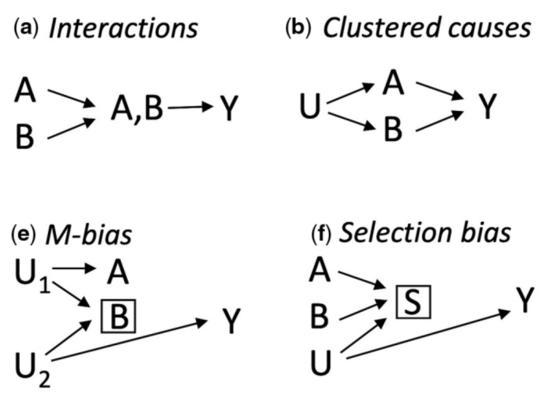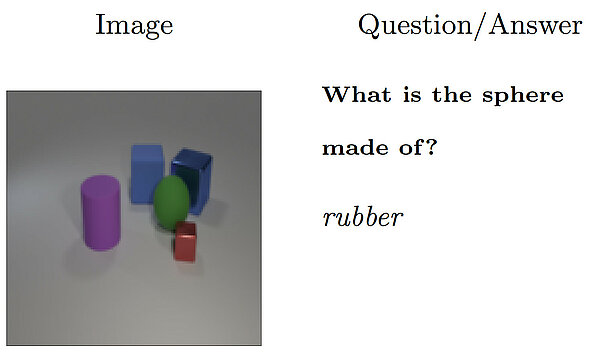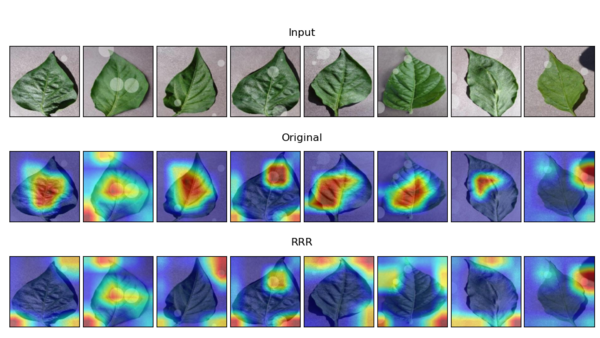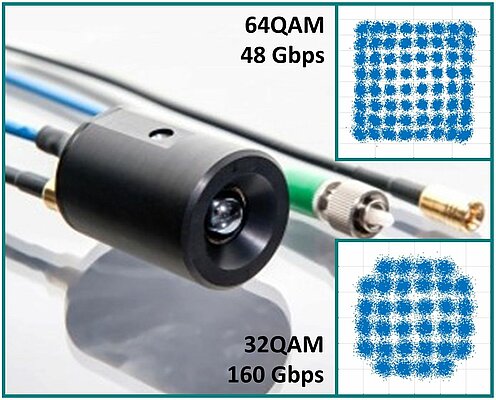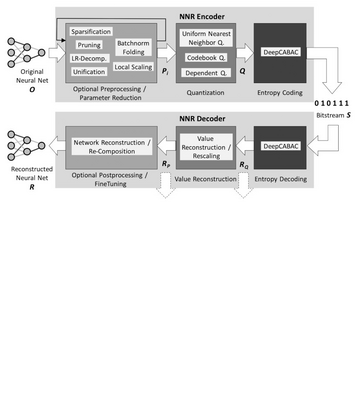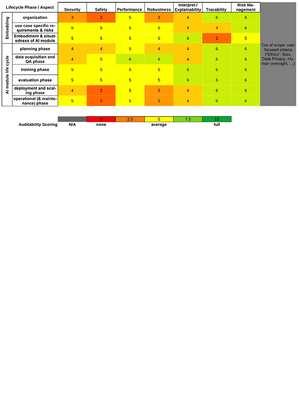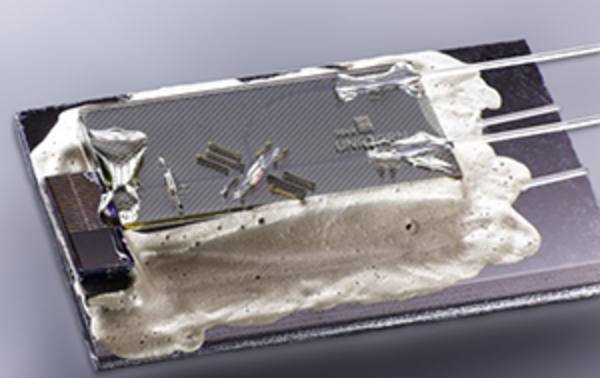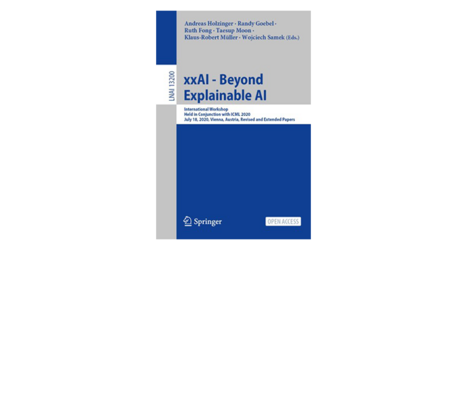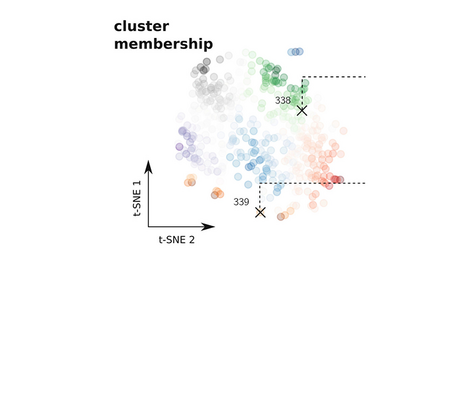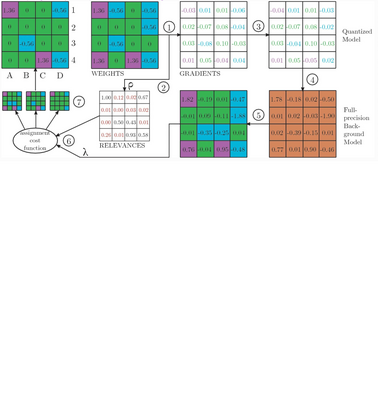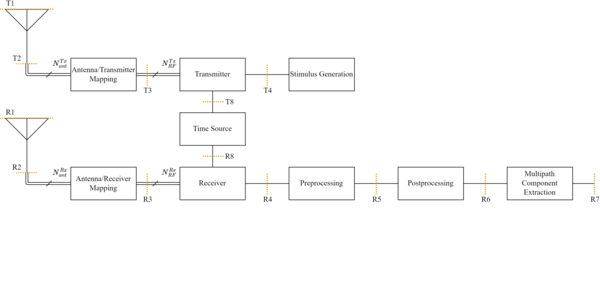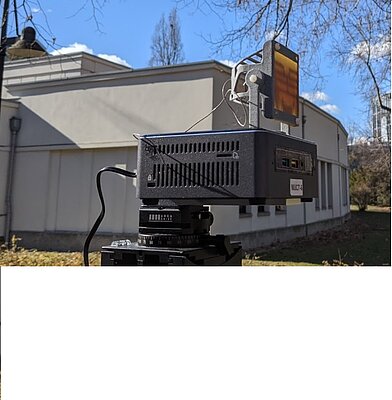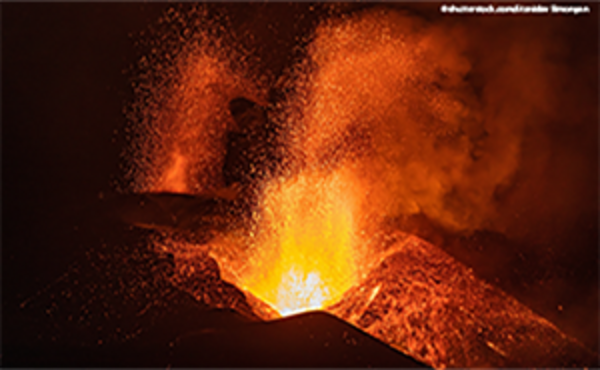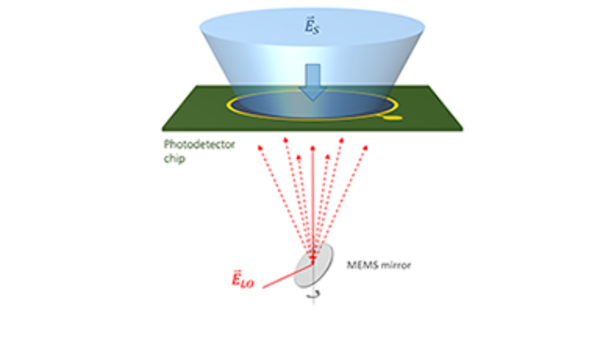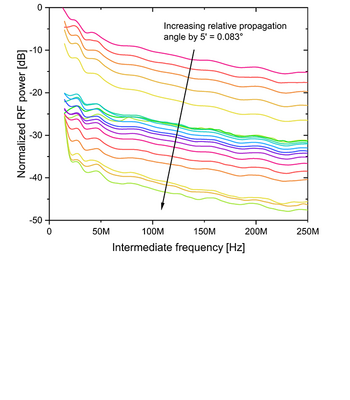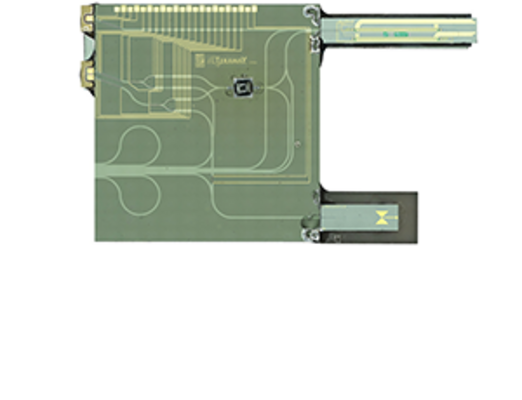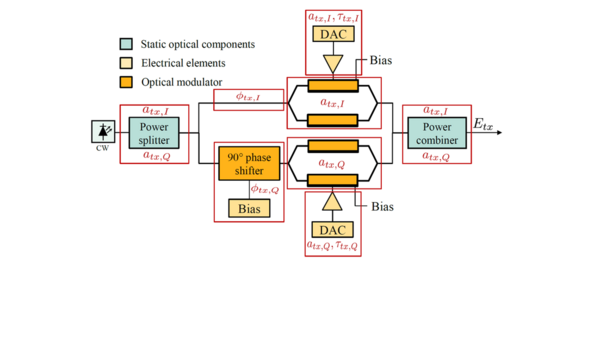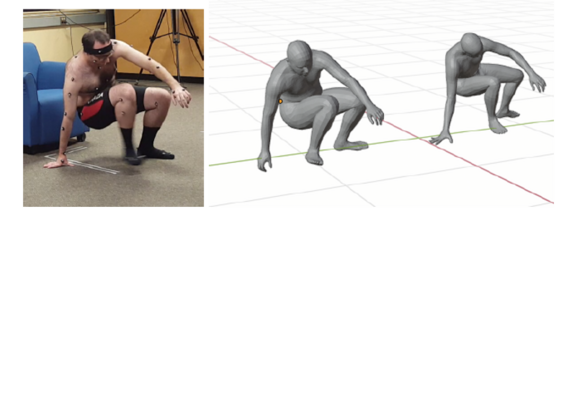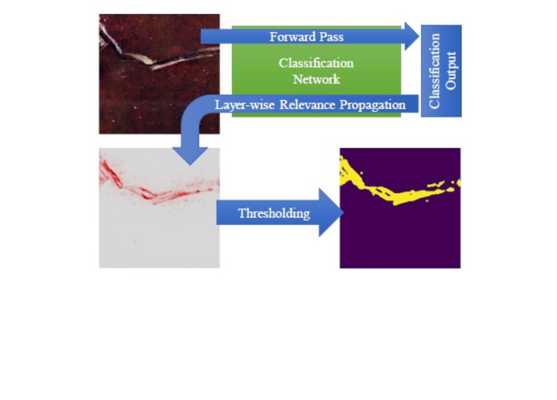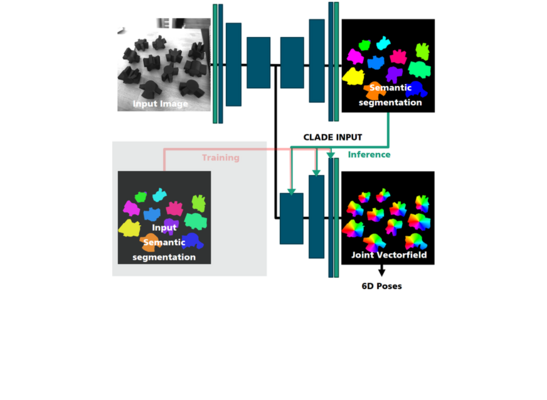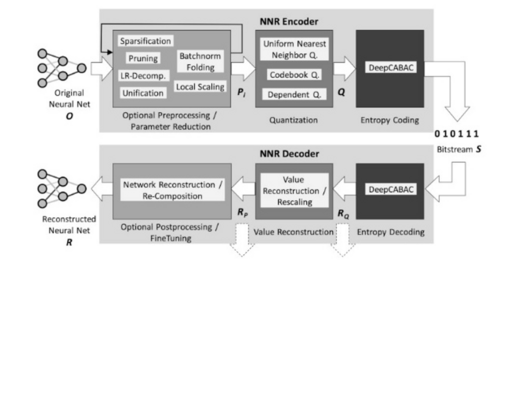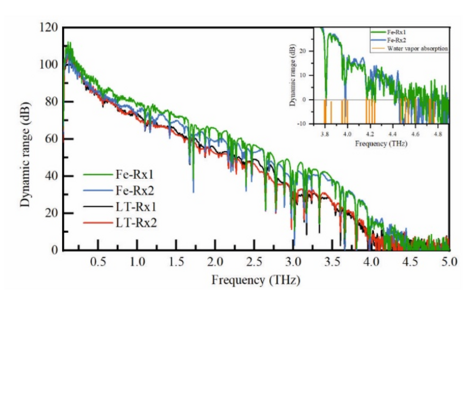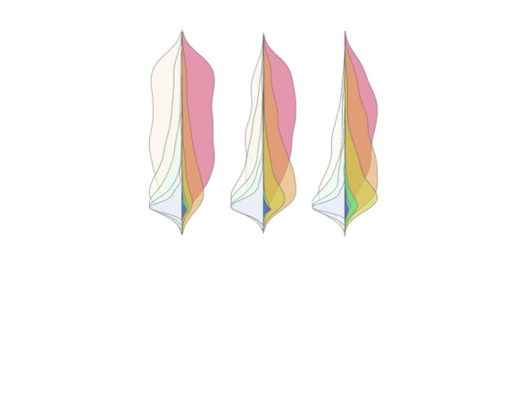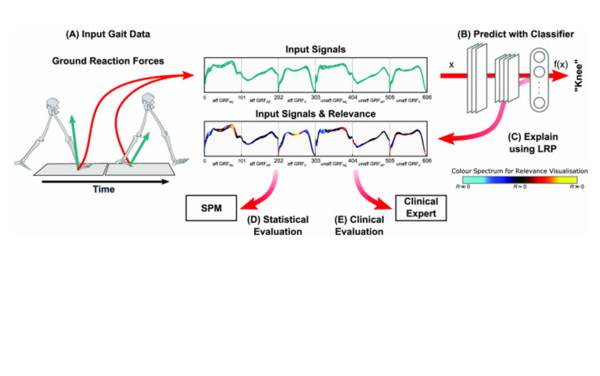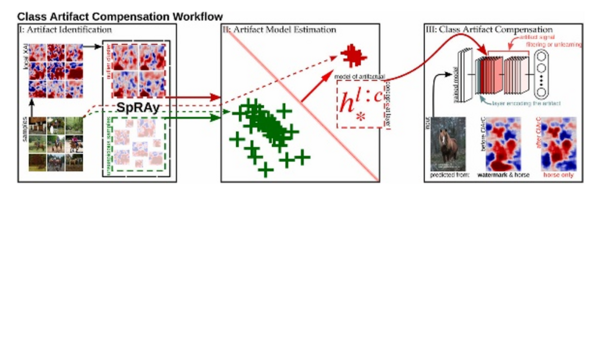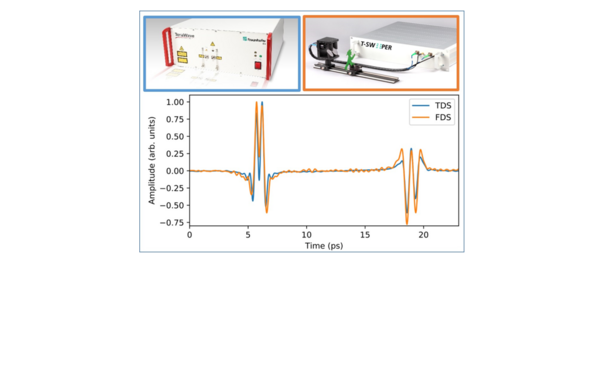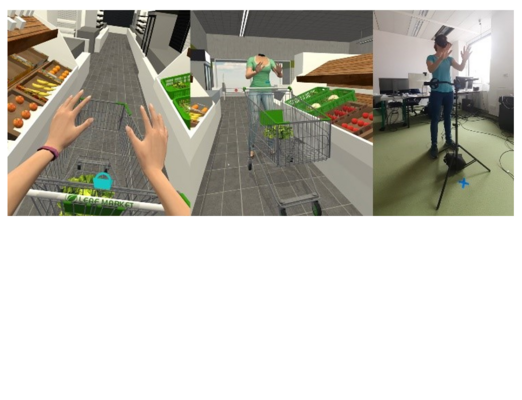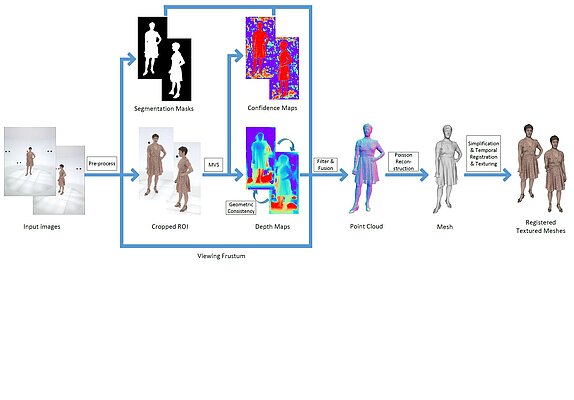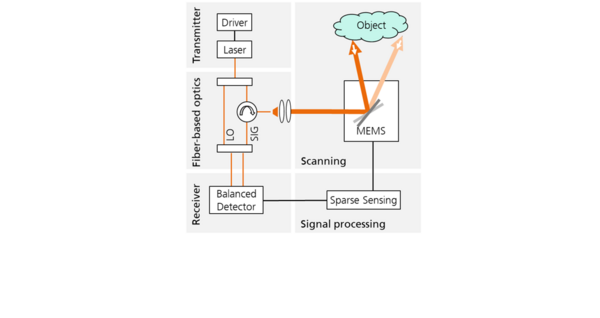Causes of Outcome Learning: A causal inference-inspired machine learning approach to disentangling common combinations of potential causes of a health outcome
Nearly all diseases are caused by different combinations of exposures. We present the Causes of Outcome Learning approach (CoOL), which seeks to discover combinations of exposures that lead to an increased risk of a specific outcome in parts of...
A Benchmark Dataset for the Ground Truth Evaluation of Neural Network Explanations
Recently, the field of explainable AI (XAI) has developed methods that provide such explanations for already trained neural networks. So far XAI methods along with their heatmaps were mainly validated qualitatively via human-based assessment, or...
Improve the Deep Learning Models in Forestry Based on Explanations and Expertise
This research improves deep learning models based on explanations and expertise. The way is to set the annotation matrix for each training sample. Three image classification tasks in forestry verify the method.
Coherent Wireless Link at 300 GHz with 160 Gbit/s Enabled by a Photonic Transmitter
We demonstrate a wireless link at 300 GHz using a fiber-coupled PIN photodiode as the transmitter. We achieved a maximum line rate of 160 Gbit/s with 32QAM modulation. The highest spectral efficiency was achieved with 64QAM at 8 GBaud, i.e. 48...
Overview of the Neural Network Compression and Representation (NNR) Standard
Neural Network Coding and Representation (NNR) is the first international standard for efficient compression of neural networks. The NNR standard contains quantization and an arithmetic coding scheme as core encoding and decoding technologies, as...
Towards Auditable AI Systems: From Principles to Practice
Auditing AI systems is a complex endeavour since multiple aspects have to be considered along the AI lifecycle that require multi-disciplinary approaches. AI audit methods and tools are in many cases subject of research and not practically...
Low-Loss Bragg-ReflectionWaveguides for On-Chip Time-Bin Entanglement
We fabricate low-loss AlGaAs Bragg-reflection waveguides for the creation of C-band photon pairs via parametric down-conversion. These photon pairs are used in a hybrid on-chip time-bin entanglement scheme.
xxAI - Beyond Explainable AI
This book takes next steps towards a broader vision for explainable AI in moving beyond explaining classifiers, to include explaining other kinds of models (e.g., unsupervised and reinforcement learning models) via a diverse array of XAI...
Explaining the Predictions of Unsupervised Learning Models
In this chapter, we review our recently proposed "neuralization-propagation" (NEON) approach for bringing XAI to workhorses of unsupervised learning. NEON first converts the unsupervised model into a functionally equivalent neural network so...
ECQx: Explainability-Driven Quantization for Low-Bit and Sparse DNNs
In this chapter, we develop and describe a novel quantization paradigm for DNNs: Our method leverages concepts of explainable AI (XAI) and concepts of information theory: Instead of assigning weight values based on their distances to the...
A Reference Model for Channel Sounder Performance Evaluation, Validation and Comparison
In this paper, we propose a detailed generic reference plane model for performance evaluation and system validation of radio channel sounders. It allows to abstractly describe a broad variety of channel sounder implementations and architectures...
Enhancing mmWave Devices with Custom Lenses
The mmWave band offers high bandwidths, but drawbacks such as limited range and susceptibility to blockage remain a challenge. In this paper, we take off-the-shelf mmWave devices in the 60 GHz band and combine them with custom lenses. As a...
A new concept for spatially resolved coherent detection with vertically illuminated photodetectors targeting ranging applications
This paper proposes a novel approach for coherent detection with double-side vertically illuminated photodetectors. Signal and local oscillator are injected collinearly from opposite sides of the photodetector chip. The concept inherently...
Coherent Detection With Double-Side Vertically Illuminated Photodiodes for Spatially Resolved Ranging Applications
We theoretically investigate and demonstrate coherent detection with double-side vertically illuminated photodiodes by injecting signal and local oscillator collinearly from opposite sides of the photodetector chip. A first proof of concept for...
Hybrid Polymer THz Receiver PIC with Waveguide Integrated Photoconductive Antenna: Concept and 1st Characterization Results
An all-photonic THz-receiver PIC comprising an on-chip frequency stabilization scheme and a novel InP-based photoconductive antenna is presented in this paper. Characterization of the key photonic building blocks shows the functionality of the...
Characterization, Monitoring, and Mitigation of Standard C-Band Transceivers I/Q Imbalance in Multiband Systems
To keep up with the rapid growth in global traffic, next-generation optical communication networks aim to vastly increase capacity by exploiting a larger optical transmission window covering the S-C-L-band. To reuse current commercially available...
Imposing Temporal Consistency on Deep Monocular Body Shape and Pose Estimation
We present a solution for Accurate and temporally consistent modeling of human performances from video sequences. In detail, we derive parameters of a sequence of body models, representing shape and motion of a person, including jaw poses, facial...
From Explanations to Segmentation: Using Explainable AI for Image Segmentation
The new era of image segmentation leveraging the power of Deep Neural Nets (DNNs) comes with a price tag: to train a neural network for pixel-wise segmentation, a large amount of training samples has to be manually labeled on pixel-precision. In...
Combining Local and Global Pose Estimation for Precise Tracking of Similar Objects
We present a multi-object 6D detection and tracking pipeline for potentially similar and non-textured objects. The combination of a convolutional neural network for object classification and rough pose estimation with a local pose refinement and...
Overview of the Neural Network Compression and Representation (NNR) Standard
Neural Network Coding and Representation (NNR) is the first international standard for efficient compression of neural networks. The NNR standard contains quantization and an arithmetic coding scheme as core encoding and decoding technologies, as...
Automated Damage Inspection of Power Transmission Towers from UAV Images
This paper adresses the problem of structural damage detection in transmission towers, addressing these two common challenges: (i) the lack of freely available training data and the difficulty to collect it; (ii) fuzzy boundaries of what...
Continuous wave terahertz receivers with 4.5 THz bandwidth and 112 dB dynamic range
We present photomixers made of InGaAs:Fe as broadband receivers in optoelectronic cw THz systems. The improved resistivity and carrier lifetime of InGaAs:Fe enable us to measure a bandwidth of 4.5 THz with a peak dynamic range of 112 dB. When...
ML-assisted QoT estimation: a dataset collection and data visualization for dataset quality evaluation
We present a publicly available dataset collection to open the problem of data-driven QoT estimation to the ML community. The dataset collection allows comparing various solutions presented by different research groups. Furthermore, we propose...
Explaining Machine Learning Models for Clinical Gait Analysis
This article investigates the usefulness of Explainable Artificial Intelligence (XAI) methods to increase transparency in automated clinical gait classification based on time series. For this purpose, predictions of state-of-the-art...
Finding and Removing Clever Hans: Using Explanation Methods to Debug and Improve Deep Models
Contemporary learning models for computer vision are typically trained on very large (benchmark) datasets with millions of samples. These may, however, contain biases, artifacts, or errors that have gone unnoticed and are exploitable by the...
Terahertz Multilayer Thickness Measurements: Comparison of Optoelectronic Time and Frequency Domain Systems
We compare a state-of-the-art terahertz (THz) time domain spectroscopy (TDS) system and a novel optoelectronic frequency domain spectroscopy (FDS) system with respect to their performance in layer thickness measurements on dielectric samples....
Inverse kinematics for full-body self representation in VR-based cognitive rehabilitation
Being self-represented through an avatar increases embodiment and the feeling of presence in virtual reality. Nevertheless, currently users in VR are typically represented only by their hands, as not enough tracking data is available for full...
Accurate human body reconstruction for volumetric video
In this work, we enhance a professional end-to-end volumetric video production pipeline to achieve high-fidelity human body reconstruction using only passive cameras.We introduce and optimize deep learning based multi-view stereo networks for...
Fiber-based Frequency Modulated LiDAR With MEMS Scanning Capability for Long-range Sensing in Automotive Applications
Safe operation of driver assistance systems remains a challenge, especially at higher speeds. It requires sensor technology that is capable of detecting surrounding conditions even at large distances. LiDAR technology is a cornerstone of this...
